Quinoa and the trade balance of cereals in Bolivia
Published on 10 October 2018
The Andean grain is, par excellence, the most outstanding food product in the country. In addition to supplying the local market, it allows you to generate resources with the export.
Over ten years, cereal exports in Bolivia have been 42.7% higher than imports. In that period, shipments totaled US $ 1,028 million, while imports had a value of US $ 720 million, according to the Bolivian Foreign Trade Institute (IBCE).
This result is mainly due to the explosion of quinoa as a superfood throughout the world. In the following table, you can see the main destinations to which this product was sent, highly sought after in markets with high purchasing power in North America and Europe.
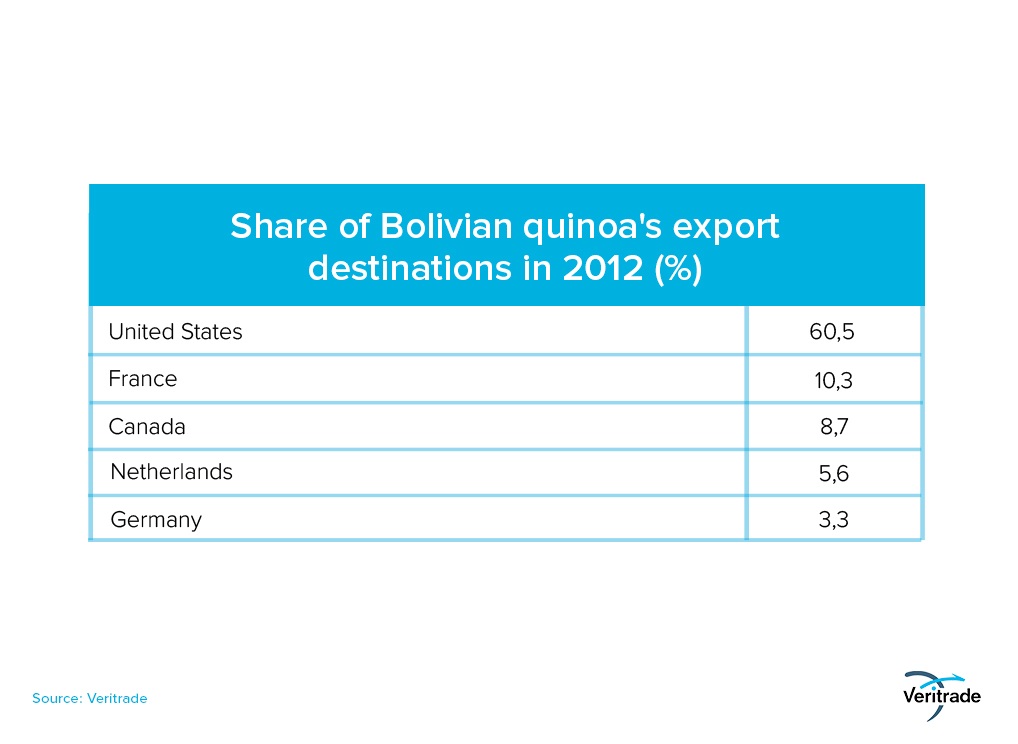
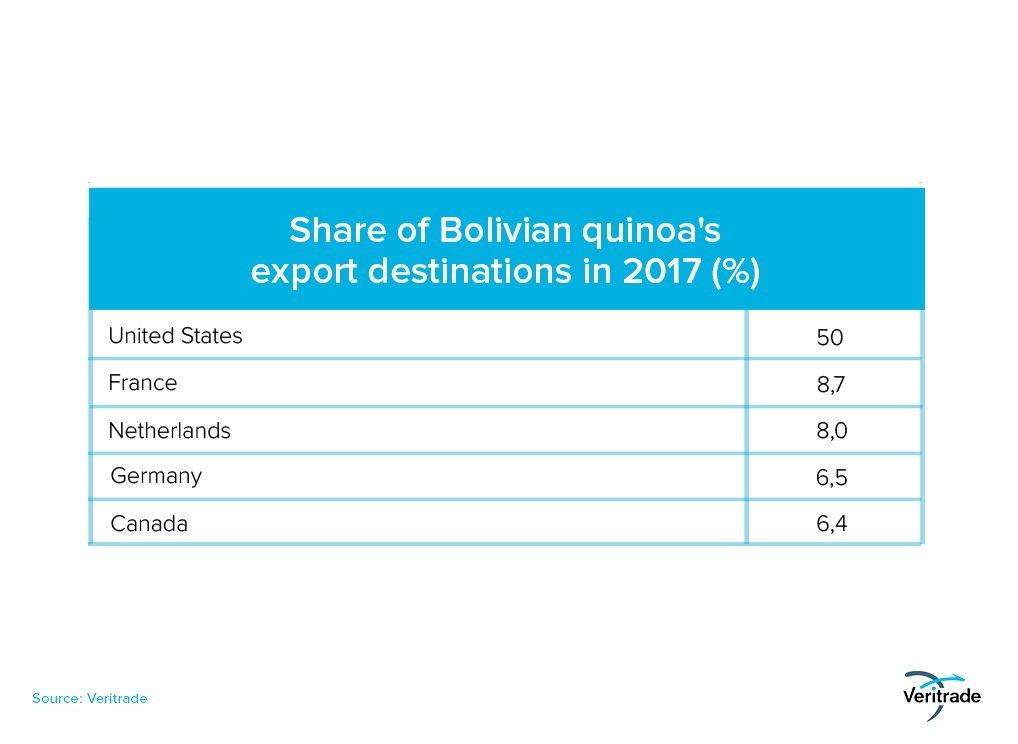
As you can see, the international market was already consolidated for at least five years, when the export destinations had a very similar weight to the current one. However, it is important to highlight the progress of the European market, in which consumers increasingly seek to opt for more healthy alternatives.
But the importance of Bolivia in the cereal market is not only based on the harvested grain. Maize for sowing is also an important part of the country's export portfolio, as shown in the following tables.
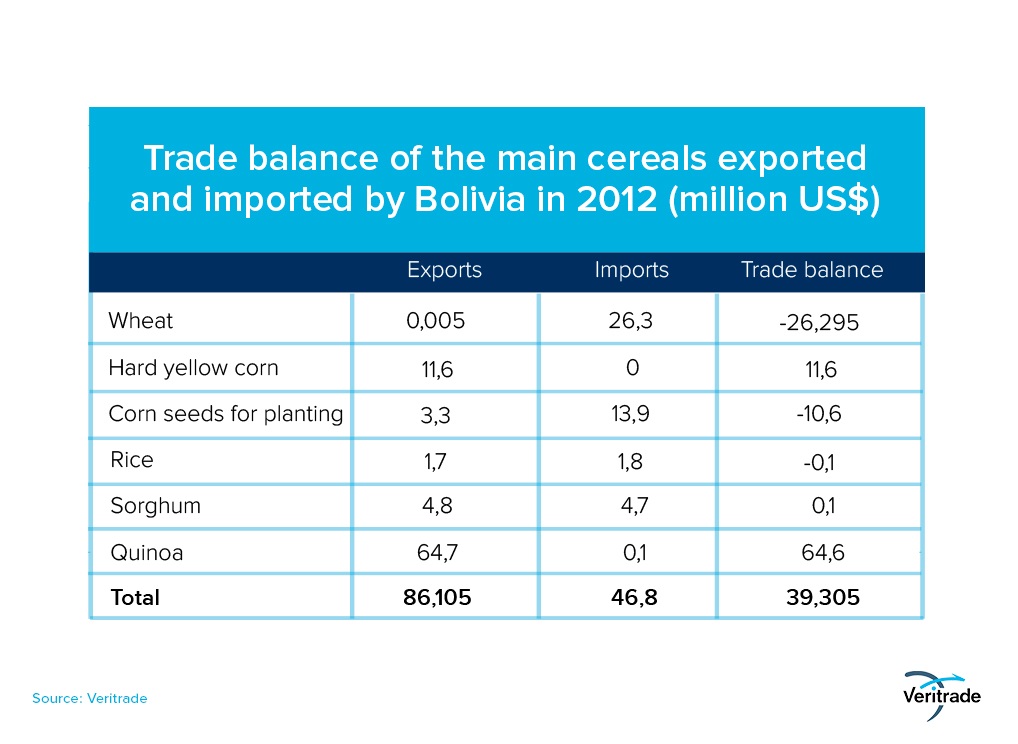
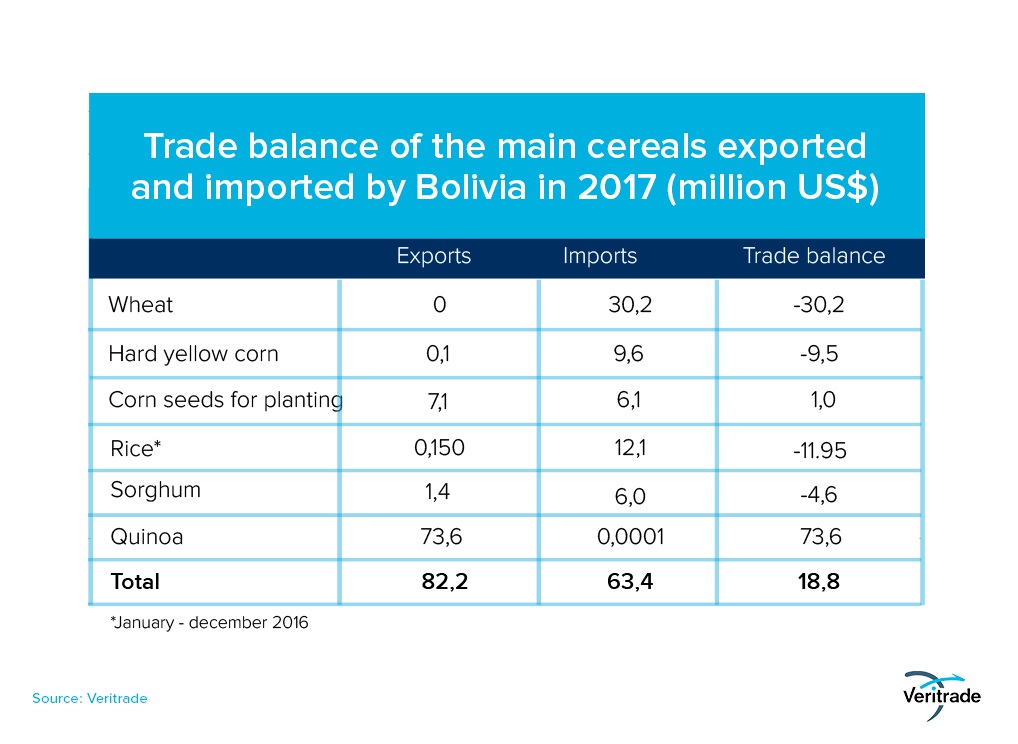
Although the value of some products may have been reduced compared to five years ago, the balance remains positive for the highland country. It should be borne in mind that many of the products are planted mainly for the local market, and are only exported to supply supply deficiencies in other countries. In addition, the volatility of the prices, as commodities, leads to the recurrent fluctuation of the final sum.
In the following table, which shows the origins of rice, you can clearly see the residual character of some origins, while only countries with large extensive crops, such as Argentina, Brazil and Paraguay, are origins with high participation. It is important to add that exports and imports are usually politicized, either to criticize presumed supply-deficit pressures, or to affirm in a protectionist tone that producing countries do not need to import.
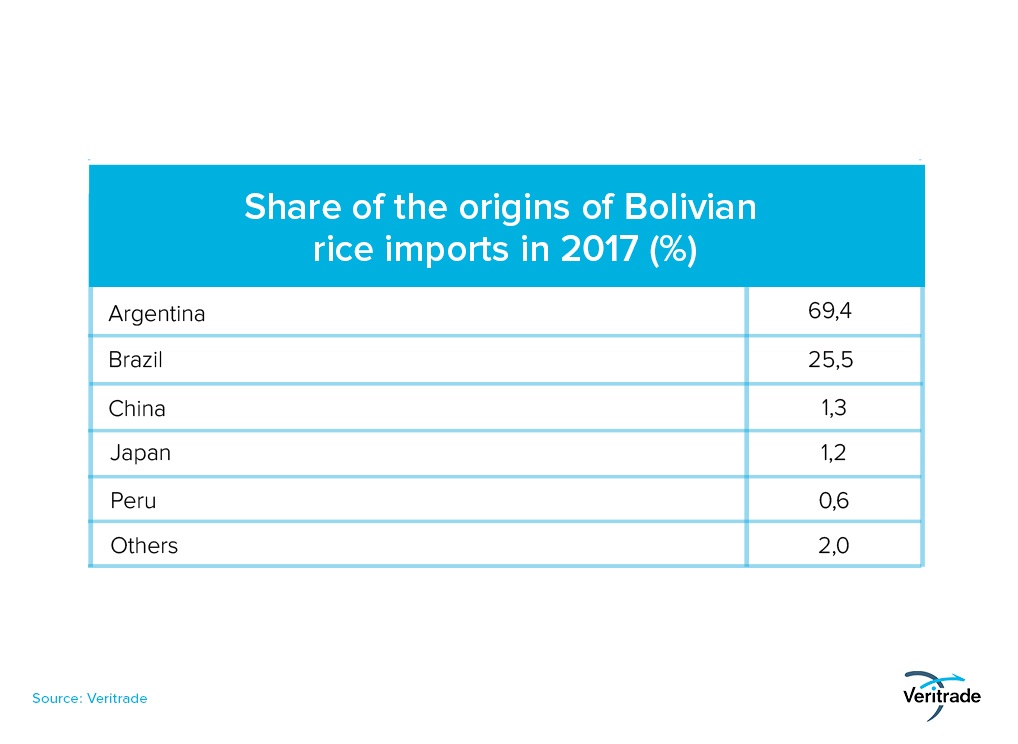
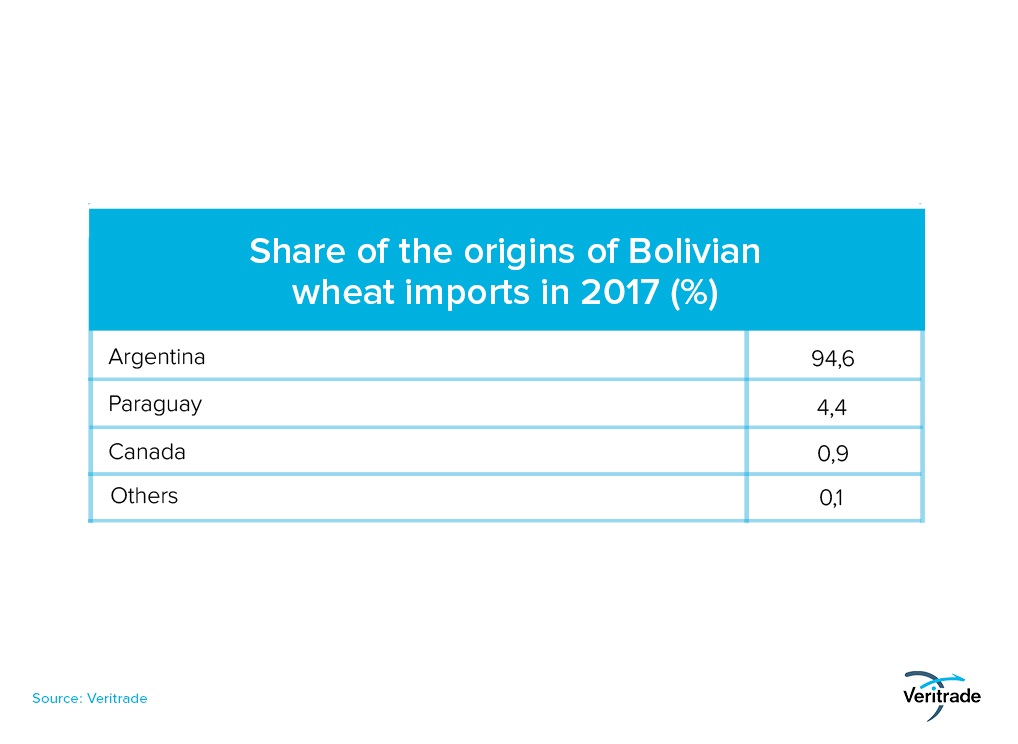
In general terms, the list of products included in the trade balance tables gives an idea of the diversification of origins and destinations according to the comparative advantages of each country. The challenge is to identify which efforts should be concentrated in order to develop competitiveness and continue to generate more foreign currency for a country like Bolivia, which has a vast and diverse supply of natural resources.
For more information about the products that Bolivia imports and exports, you can access the Veritrade website.
Request your free trial at: https://bit.ly/2QGBNxu